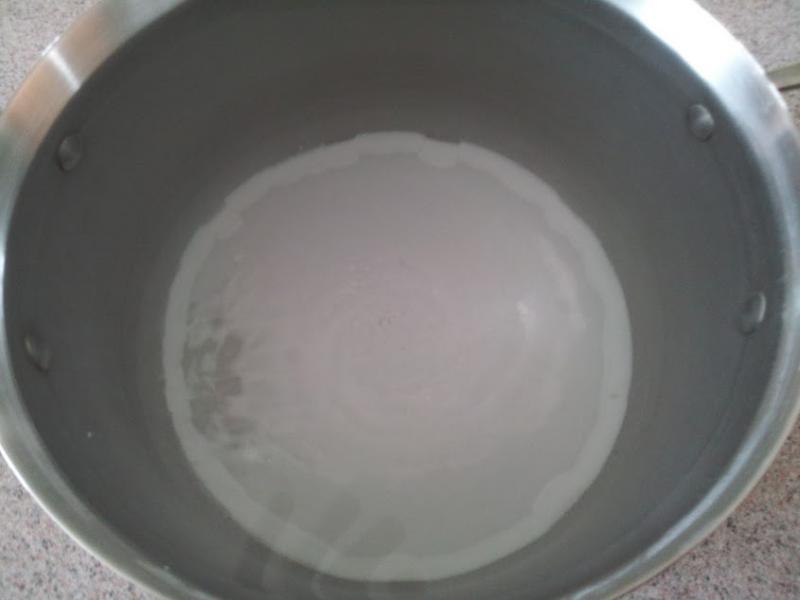I haven't brewed in a while, and am eager to get back to brewing in late March. 
In the meantime, I've been thinking about reducing alkalinity with slaked lime. Using Braukaiser.com's article, with AJ deLange as an influence, I'm reading and rereading this article: http://braukaiser.com/wiki/index.php?title=Alkalinity_reduction_with_slaked_lime
I need to get the lime and the GH/KH test kit. In the meantime, I'm trying to work my head around the spreadsheets, and how much CaCl2 I have to add to have sufficient calcium to form calcium carbonate.
My understanding is that the last spreadsheet, using the GH/KH numbers, can guestimate the probable amount of calcium left. Is there anything that I'm missing?
I'm trying to think of a vessel that I can use permanently for this procedure, as once the chalk precipitates out, it doesn't matter if it stays in there, unlike my BK. I guess a large stainless pot that I no longer use would be ideal.
I see the recommendation to add chalk (to provide nucleation points), and to stir but not aerate. Any other tips?

In the meantime, I've been thinking about reducing alkalinity with slaked lime. Using Braukaiser.com's article, with AJ deLange as an influence, I'm reading and rereading this article: http://braukaiser.com/wiki/index.php?title=Alkalinity_reduction_with_slaked_lime
I need to get the lime and the GH/KH test kit. In the meantime, I'm trying to work my head around the spreadsheets, and how much CaCl2 I have to add to have sufficient calcium to form calcium carbonate.
My understanding is that the last spreadsheet, using the GH/KH numbers, can guestimate the probable amount of calcium left. Is there anything that I'm missing?
I'm trying to think of a vessel that I can use permanently for this procedure, as once the chalk precipitates out, it doesn't matter if it stays in there, unlike my BK. I guess a large stainless pot that I no longer use would be ideal.
I see the recommendation to add chalk (to provide nucleation points), and to stir but not aerate. Any other tips?



